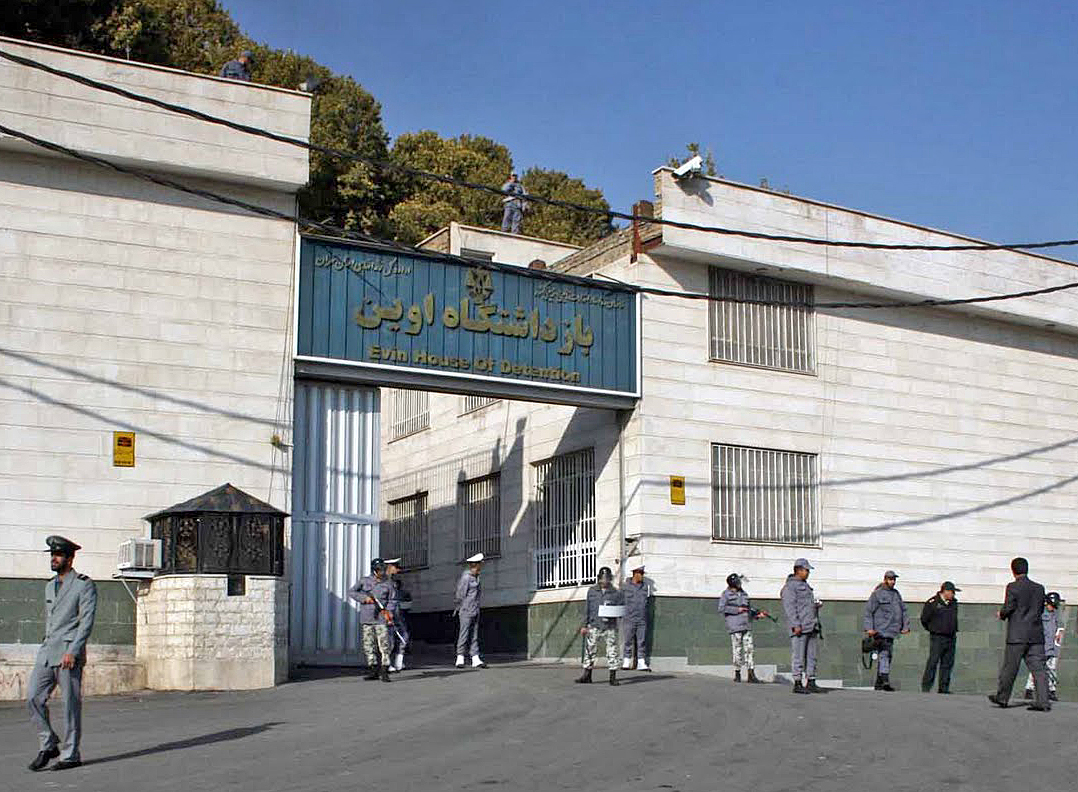
In recent years, the prison system has become a focal point of national debate, raising questions about justice, rehabilitation, and human rights. As the United States grapples with one of the highest incarceration rates in the world, the conditions and policies within these institutions have come under scrutiny. This article aims to shed light on the current state of prisons, the challenges they face, and the ongoing efforts to reform them.
According to the Bureau of Justice Statistics, over 2.1 million individuals are currently incarcerated in the U.S., a staggering number that reflects a complex web of issues, including crime rates, socio-economic factors, and legislative policies. Prisons are often portrayed as mere holding cells for offenders, but they are much more than that. They are institutions that house a diverse population, each with their own stories, struggles, and potential for change.
One of the most pressing concerns within the prison system is overcrowding. Many facilities operate well beyond their intended capacity, leading to inhumane living conditions. Inmates often face limited access to basic necessities such as healthcare, sanitation, and recreational activities. Overcrowding can exacerbate tensions among inmates, leading to increased violence and a breakdown of order within the facility.
In response to these challenges, various organizations and advocacy groups are pushing for reforms aimed at improving conditions and promoting rehabilitation over punishment. Programs that focus on education, vocational training, and mental health support are gaining traction, as they address the root causes of criminal behavior and prepare inmates for successful reintegration into society. Studies have shown that inmates who participate in educational programs are 43% less likely to return to prison, highlighting the importance of investing in rehabilitation.
Moreover, the conversation around prison reform has expanded to include the treatment of vulnerable populations, such as women and individuals with mental health issues. Women in prisons often face unique challenges, including a lack of access to healthcare services tailored to their needs and the trauma associated with separation from their children. Similarly, individuals with mental health disorders frequently do not receive adequate treatment, leading to a cycle of incarceration and recidivism.
Legislative changes are also on the horizon, with some states moving toward alternatives to incarceration for non-violent offenders. Initiatives such as restorative justice and diversion programs aim to hold individuals accountable while also providing them with the support they need to avoid future offenses. These approaches not only reduce the prison population but also foster a sense of community healing.
As the nation continues to grapple with the complexities of its prison system, it is clear that meaningful change is necessary. By prioritizing rehabilitation, addressing overcrowding, and ensuring humane treatment for all inmates, we can work toward a system that not only punishes crime but also promotes healing and reintegration. The future of the prison system may depend on our collective willingness to challenge the status quo and advocate for a more just and equitable approach to justice.

댓글 달기 WYSIWYG 사용